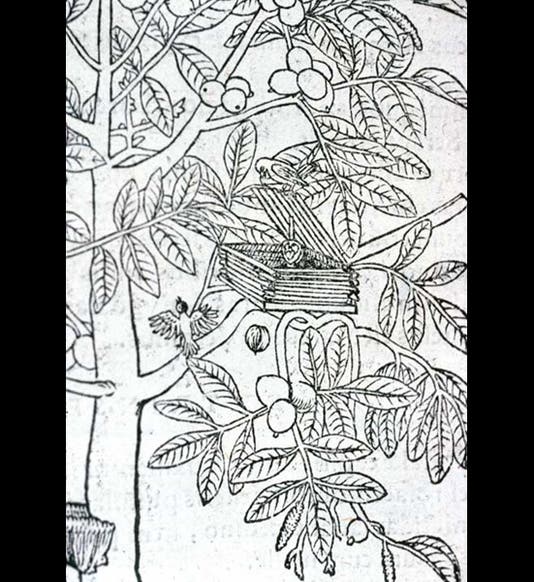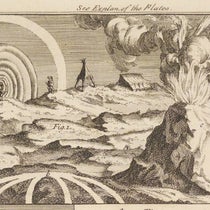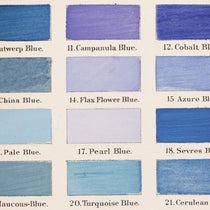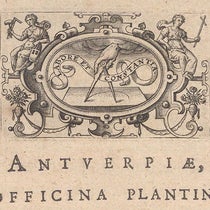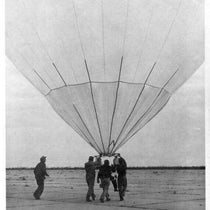Scientist of the Day - Hieronymus Bock
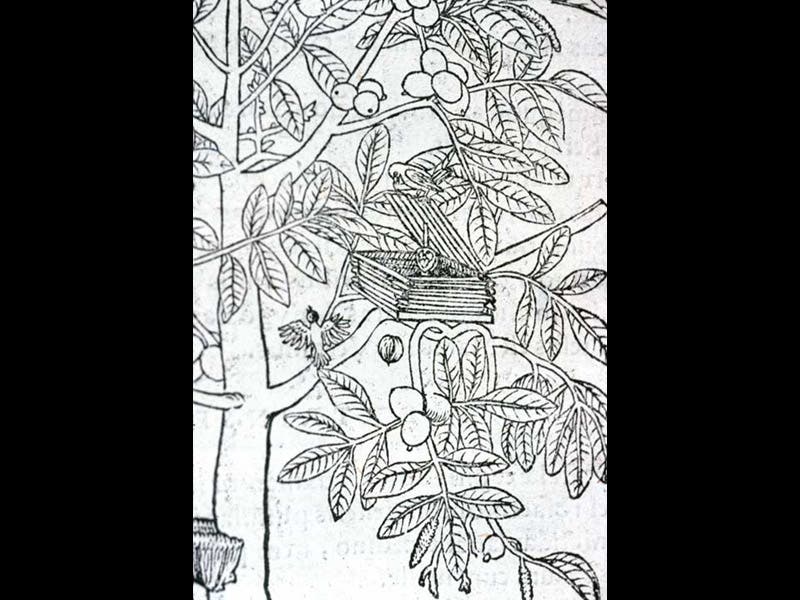
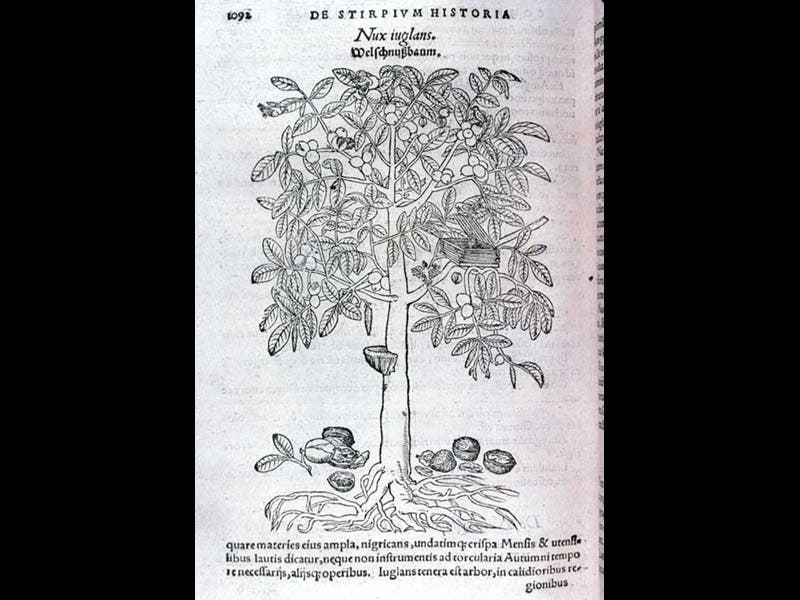
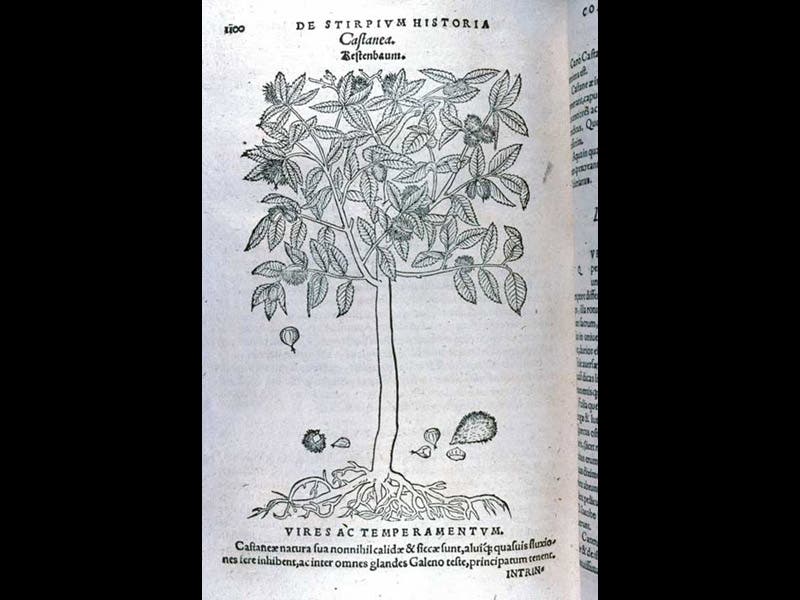
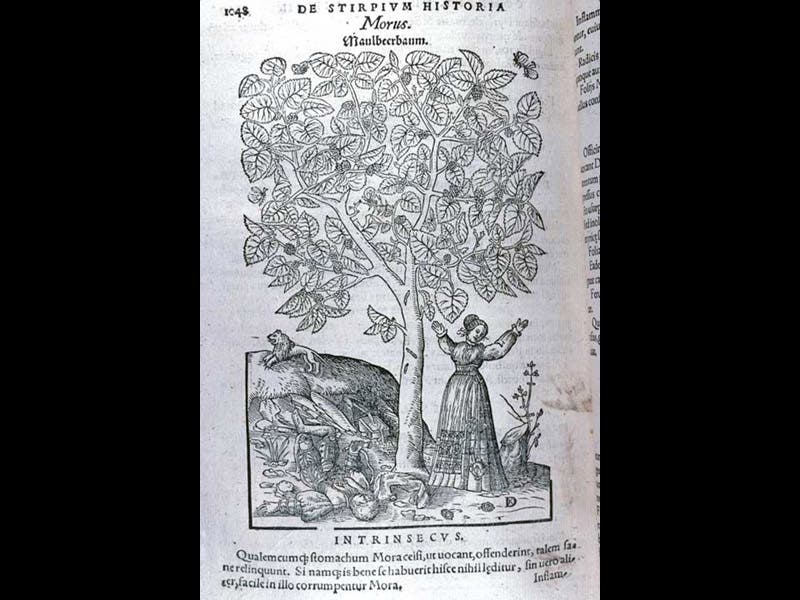
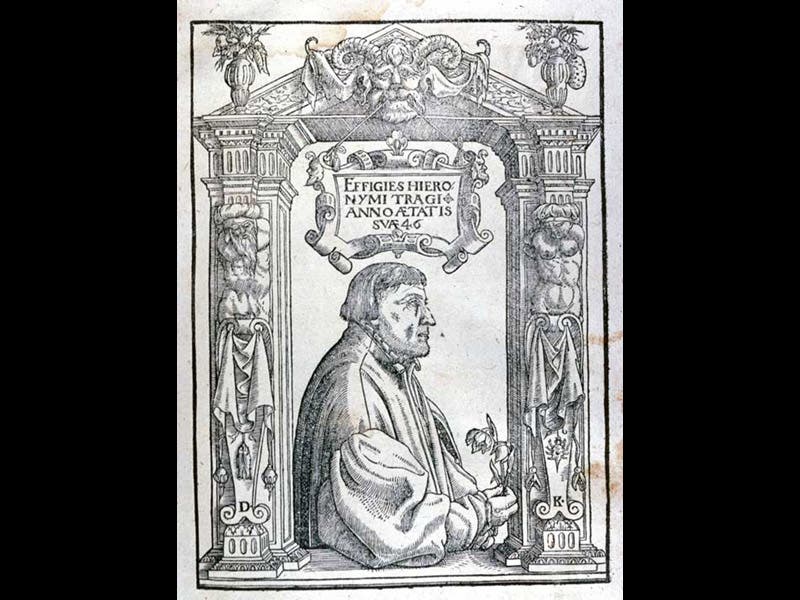
Hieronymus Bock, a German physician and botanist, died Feb. 21, 1554, at age 55. Bock was one of the three great German Renaissance botanists who transformed botany from a set of second-hand commentaries on ancient texts to an original field science supported by naturalistic illustrations drawn from life. Otto Brunfels (with artist Hans Weiditz) began the revolution in 1530 and Leonhard Fuchs gave it real substance in 1542. Bock's contribution, in his Kreüter Buch of 1539, was to abandon the format of a commentary on the ancient Greek Dioscorides, offering instead his own observations on German, not Greek, plants. And since he couldn't afford an artist, he provided the reader with accurate word-pictures of his plants, thereby inventing modern botanical description.
For the 1546 edition of Bock’s herbal, now called De stirpium (On plants), woodcuts were added, by the artist David Kandel. The flower illustrations were mostly copied from those of Brunfels or Fuchs, but in the section on trees, Kandel carved his own path (since Brunfels and Fuchs depicted few trees), displaying a botanical whimsy that has seldom been equaled. The woodcut of a chestnut shows chestnuts in their spiny shells lying on the ground, along with a hedgehog, who looks much like a larger-size chestnut (third image). The woodcut of a mulberry plays out, underneath the tree, the entire story of Pyramis and Thisbe, whose tragic deaths were supposed to have turned the fruit of the mulberry blood-red (fourth image). And the illustration of a walnut tree gave Bock (or Kandel) the chance to include, buried amidst the foliage, a bird trap, just like the ones you used to make with a cigar-box and a pencil (second image). You will note, in the detail, that the intended victim perches just above, on the lid, defiantly untrapped (first image).
Our library has a 1552 printing of De stirpium. The frontispiece is a woodcut portrait of Bock (fifth image).
Dr. William B. Ashworth, Jr., Consultant for the History of Science, Linda Hall Library and Associate Professor, Department of History, University of Missouri-Kansas City. Comments or corrections are welcome; please direct to ashworthw@umkc.edu.

